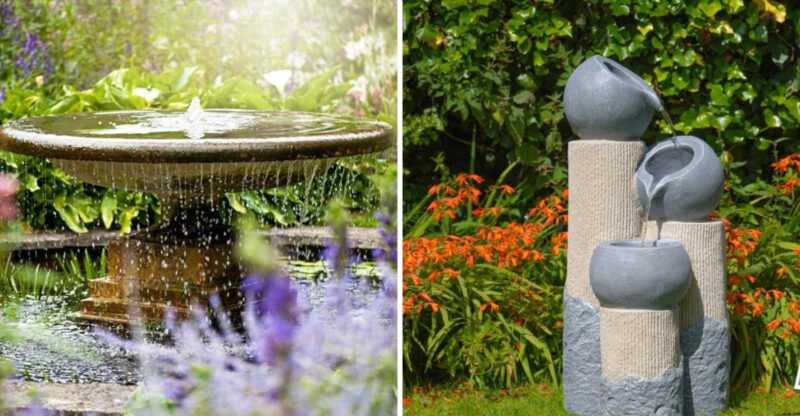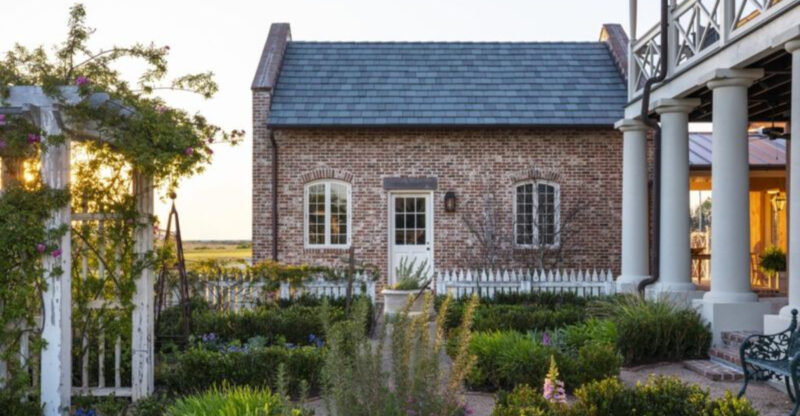Nevada’s Top Exterior Design Trends Inspired By Desert Living
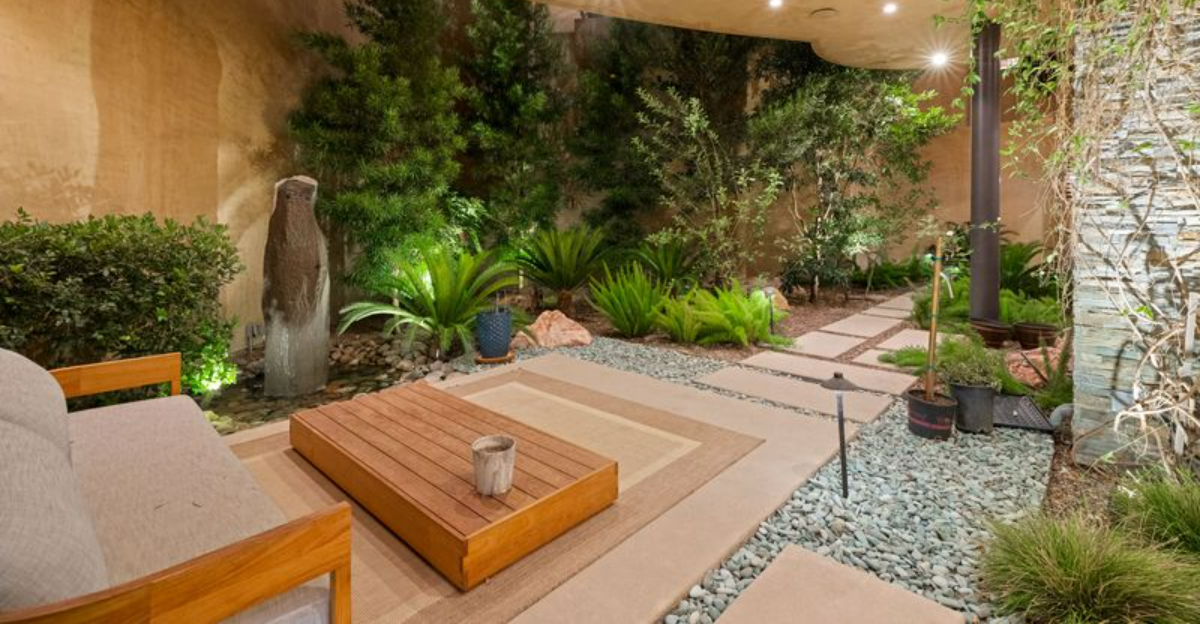
Living in Nevada’s beautiful desert landscape inspires unique home design choices. Our homes need to stand up to the blazing sun and occasional harsh winds while still looking beautiful. I’ve noticed some amazing trends popping up around our state that perfectly blend practicality with stunning desert aesthetics.
Here are the top exterior design trends that capture Nevada’s special relationship with desert living.
1. Water-Wise Xeriscaping
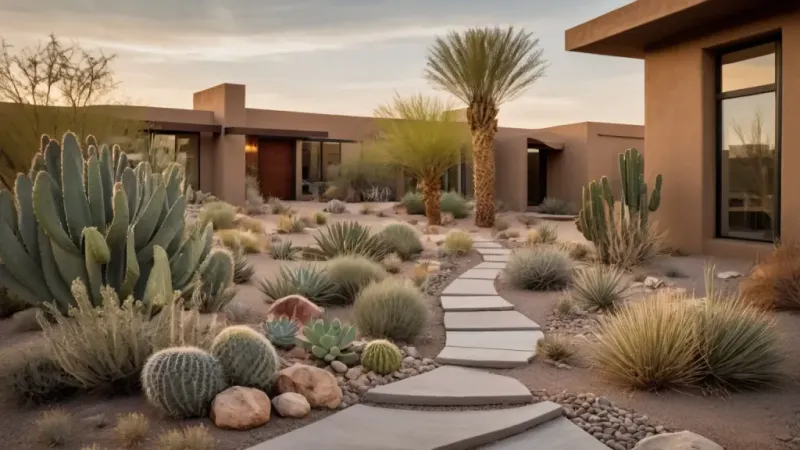
Gone are the days of thirsty green lawns across Nevada properties! I’ve transformed countless yards using native plants like desert marigold, sage, and prickly pear that thrive in our climate without constant watering.
These gorgeous landscapes save approximately 50-75% on water bills while requiring minimal maintenance. My clients love how their yards stay colorful year-round with strategic plant groupings that create visual interest through texture and height differences.
2. Earth-Toned Stucco Finishes

Driving through newer Nevada neighborhoods, you’ll spot homes embracing the palette of our surrounding landscape. Warm terracottas, sandy beiges, and subtle sage greens dominate exterior walls, helping buildings visually blend with their environment.
Beyond looking beautiful, these earthy stucco finishes serve practical purposes. They reflect rather than absorb heat, keeping indoor temperatures more manageable during scorching summers. Plus, stucco’s textured surface withstands our occasional dust storms better than many alternatives.
3. Covered Outdoor Living Spaces
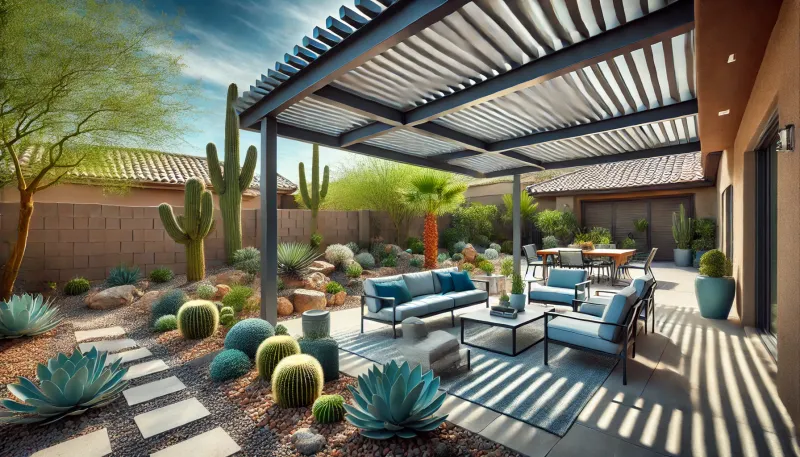
Patios with purpose have become essential features in Nevada homes! The extended pergolas and ramadas I design create much-needed shade while allowing residents to enjoy our state’s 300+ days of sunshine.
My favorite recent project incorporated retractable shade screens and misting systems, transforming a scorching concrete slab into a comfortable outdoor room usable even in July. Strategic placement of these structures on eastern or western sides provides maximum protection during intense morning and afternoon sun exposure.
4. Gabion Wall Accents
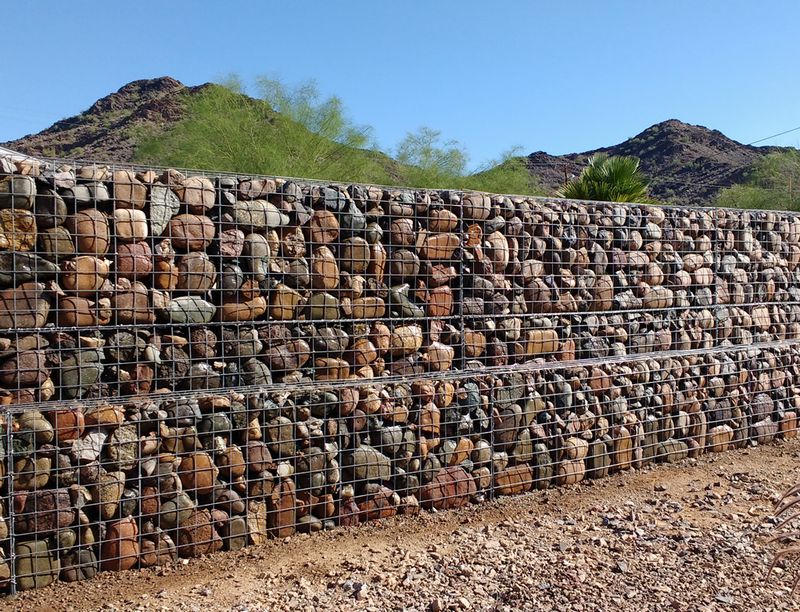
Rock-filled wire cages might sound industrial, but they’ve revolutionized Nevada landscape design! These versatile gabion walls serve as striking visual elements while functioning as windbreaks and privacy screens.
What makes them perfect for our region? They utilize locally-sourced stone, minimizing transportation costs and environmental impact. The spaces between rocks also create microhabitats for native lizards and beneficial insects. My clients particularly appreciate how these structures age beautifully, developing character as desert dust settles into their crevices.
5. Metal Roof Installations
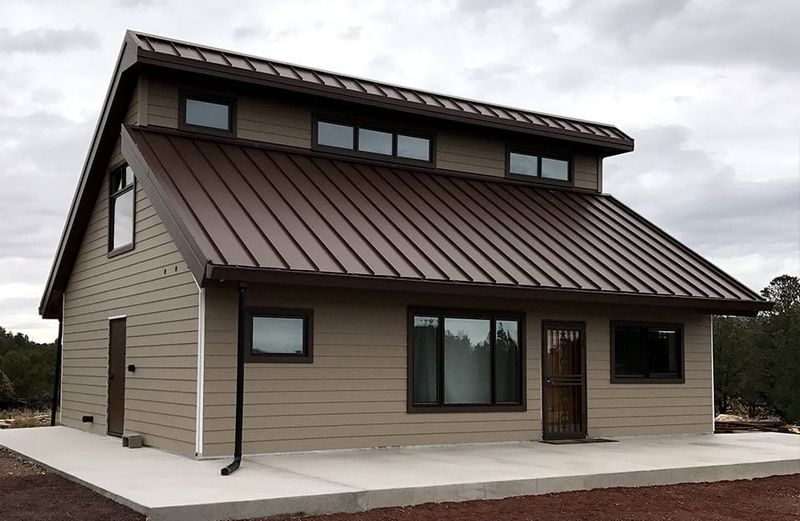
Metal roofing has taken Nevada neighborhoods by storm! Far from the corrugated barn look, today’s options come in gorgeous desert-inspired colors and profiles that complement our architectural styles perfectly.
During a recent home renovation in Henderson, I recommended a standing seam metal roof in a subtle sandstone finish. The homeowners were thrilled to learn it could lower cooling costs by up to 25% and withstand our occasional wild weather. With lifespans exceeding 50 years, these roofs are sustainable investments in our harsh climate.
6. Solar-Integrated Design

Solar panels aren’t just practical additions anymore – they’re becoming integral design elements! The latest Nevada homes incorporate panels directly into roof designs rather than treating them as afterthoughts.
Walking through a new development near Red Rock Canyon last month, I noticed how architects are using solar arrays to create visual rhythm across rooflines. Beyond generating power, these installations provide partial shade for outdoor spaces. Some forward-thinking builders even integrate battery storage systems that maintain power during our occasional summer outages.
7. Courtyard Entrances

Ancient desert architecture meets modern Nevada homes through the revival of courtyard entrances! These partially enclosed outdoor spaces create microenvironments that buffer the transition between harsh exteriors and comfortable interiors.
My favorite example sits in Summerlin, where a family incorporated a small fountain and shade trees in their entry courtyard. The temperature difference is remarkable – often 8-10 degrees cooler than the street! These spaces also provide privacy while allowing homeowners to enjoy outdoor living with protection from wind and curious passersby.

